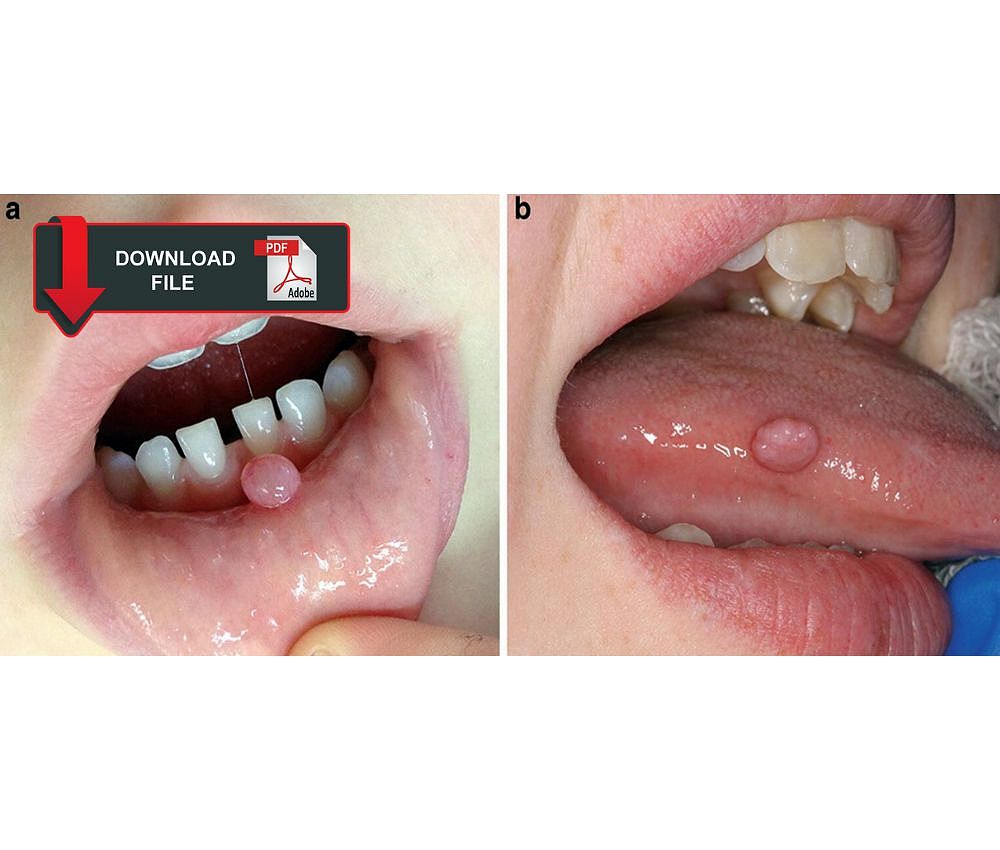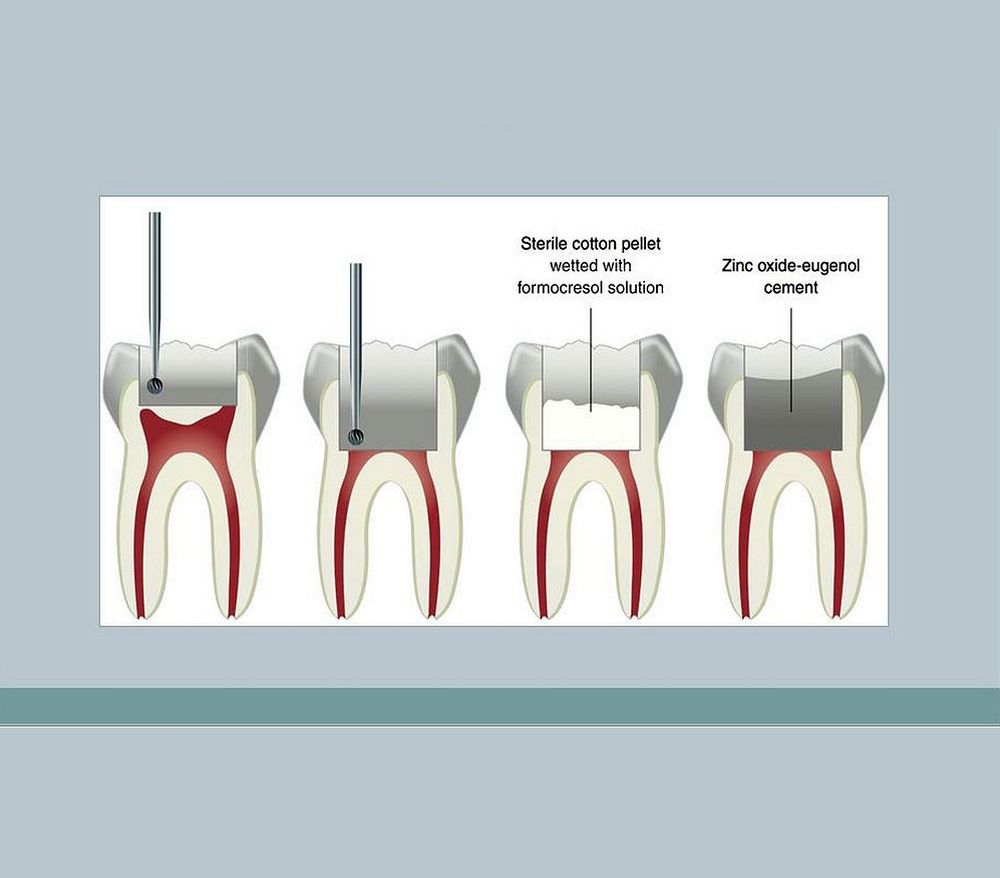Medical emergencies that are life threatening can occur in dental practice. Complications may arise because of an underlying disease or a reaction to medication. Reactions to medications may be allergic and toxic.
We invite you to our English-only dental publishing groups
🎯 WhatsApp Group All Odontology
🎯 Telegram Group All Odontology
🎯 Facebook Group All Odontology
The most common reactions are toxic reactions to local anesthetics, whereas allergies occur mainly as a consequence of the application of antibiotics, usually penicillin.
Advertisement
In response to stress, vasovagal syncope typically occurs. Other causes may be related to an underlying disease-specific pathology (such as acute asthma attack, diabetic ketoacidosis, hypoglycemia, or seizures) or accidents (aspiration of a foreign body causing obstruction of the respiratory system).
RECOMMENDED VIDEO
Effects of tobacco on the oral cavity: Nicotine Stomatitis
Effects of tobacco on the oral cavity: Nicotine Stomatitis
For all the above conditions, guidelines have been established that need to be known. If complications occur or necessary measures are not taken, it can lead to cardiac and respiratory arrest. Therefore, cardiopulmonary resuscitation is needed. All procedures and dosages should be adapted to the age of the child.
° Vranić, D. N., Jurković, J., Jeličić, J., Balenović, A., Stipančić, G., & Čuković-Bagić, I. (2016). Medical Emergencies in Pediatric Dentistry. Acta stomatologica Croatica, 50(1), 72–80. https://doi.org/10.15644/asc50/1/10
You may also like :
► What Does Your Tongue Say About Your State Of Health?
► What are the consequences of a tooth extraction?
► ORAL MEDICINE: What are tonsil stones?






















